A complete guide to Swan Hill, VIC

At he eastern edge of the Mallee district in north‑western Victoria, the picturesque Swan Hill overlooks the Murray and Little Murray rivers.
Now a regional city with a 2021 population of just under 12,000, Swan Hill was once an important inland river trading port until the expansion of railways in the late 19th century. Today, it’s a productive agricultural centre, with irrigation ensuring reliable crops of cereals, citrus and stone fruits, grapes, nuts and legumes.
The city is also an important service centre for the Murray Mallee region. It’s become a popular tourist destination, with excellent museums, stunning natural scenery and quality food and wine. Fine weather is yet another drawcard for Swan Hill, boasting “more sunny days per year than the Gold Coast”, with a pleasant average temperature of 23°C.
The CBD includes cafes, a range of specialist shops, and restaurants where local produce is an integral part of the menu. Swan Hill is also known for its gardens and walks, with the narrow Riverside Park and the Swan Hill River Walk being notable highlights. The most significant local attraction is the remarkable Swan Hill Pioneer Settlement, a 3ha open‑air history museum on the banks of the Little Murray River. The settlement is recognised as Australia’s first reconstruction of a 19th‑century river port.
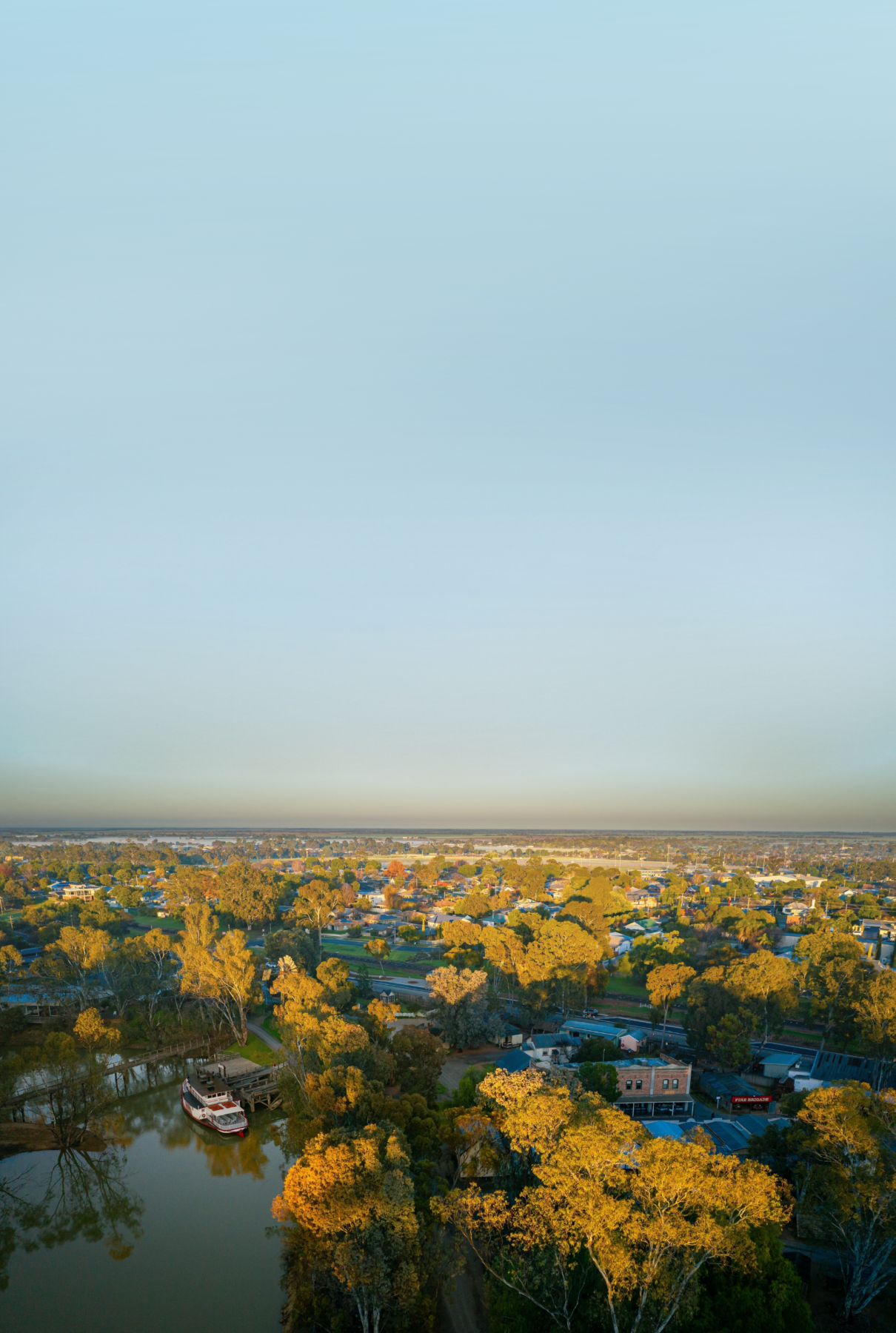
Location:
Swan Hill is 338km north‑west of Melbourne via the M79 and A79 highways. It’s 70m above sea level.
Origin of Name:
The local First Nations people called it Matakupaat – “Place of the Platypus”. The European name Swan Hill was given to the original town by surveyor and explorer Sir Thomas Mitchell, who camped here near the Murray River in 1836. In his journal he wrote of a “shallow lagoon where swans and other wild fowl so abounded that, although half a mile from our camp, their noise disturbed us through the night”.
Visitor Information :
Swan Hill Region Information
Centre
Useful Websites:
Image credit: Getty Images
Places of interest
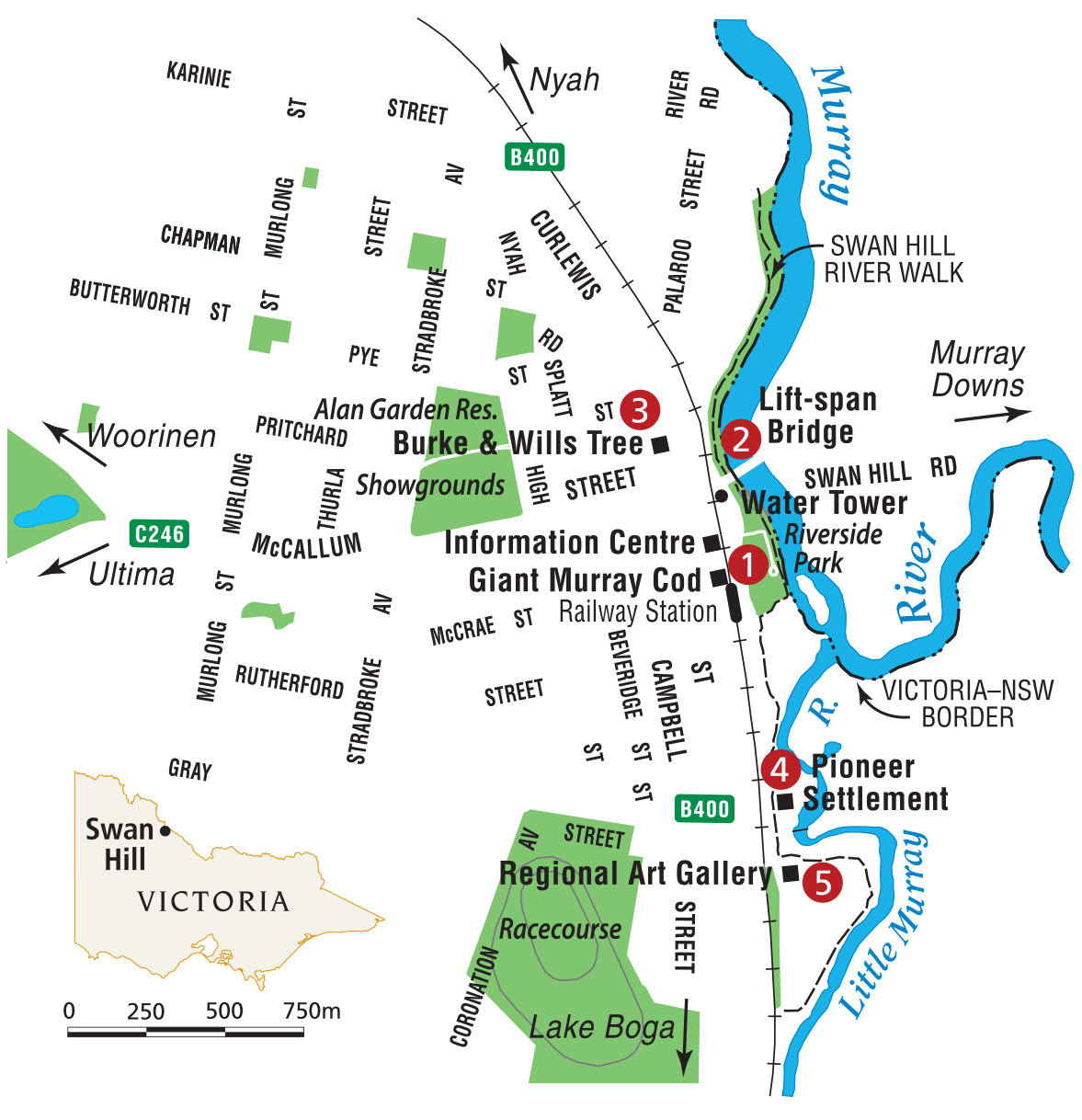
1. The Giant Murray Cod
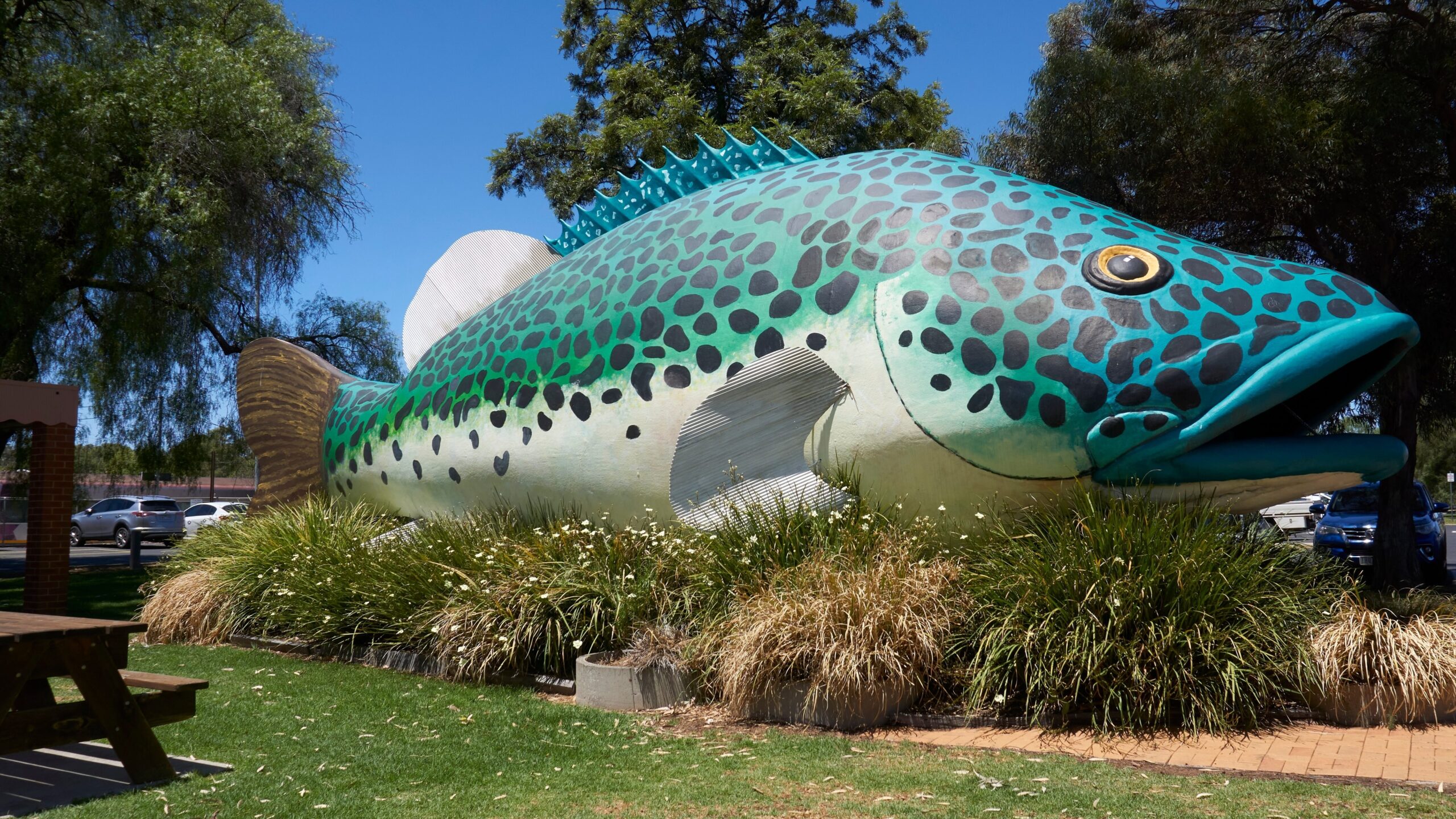
In Curlewis Street you’ll find Swan Hill’s beloved Big Thing, the Giant Murray Cod. Nicknamed Arnold, the 15m-long, 5.2m-wide monument was built in Melbourne in 1991 as a prop for the movie Eight Ball. After filming, the producers donated the Big Cod to Swan Hill. It cost $35,000 to make and has a timber frame with a fibreglass covering. Arnold was officially unveiled in 1992, underwent repairs in 1999 and received a fresh coat of paint in 2021.
2. Lift‑Span Bridge
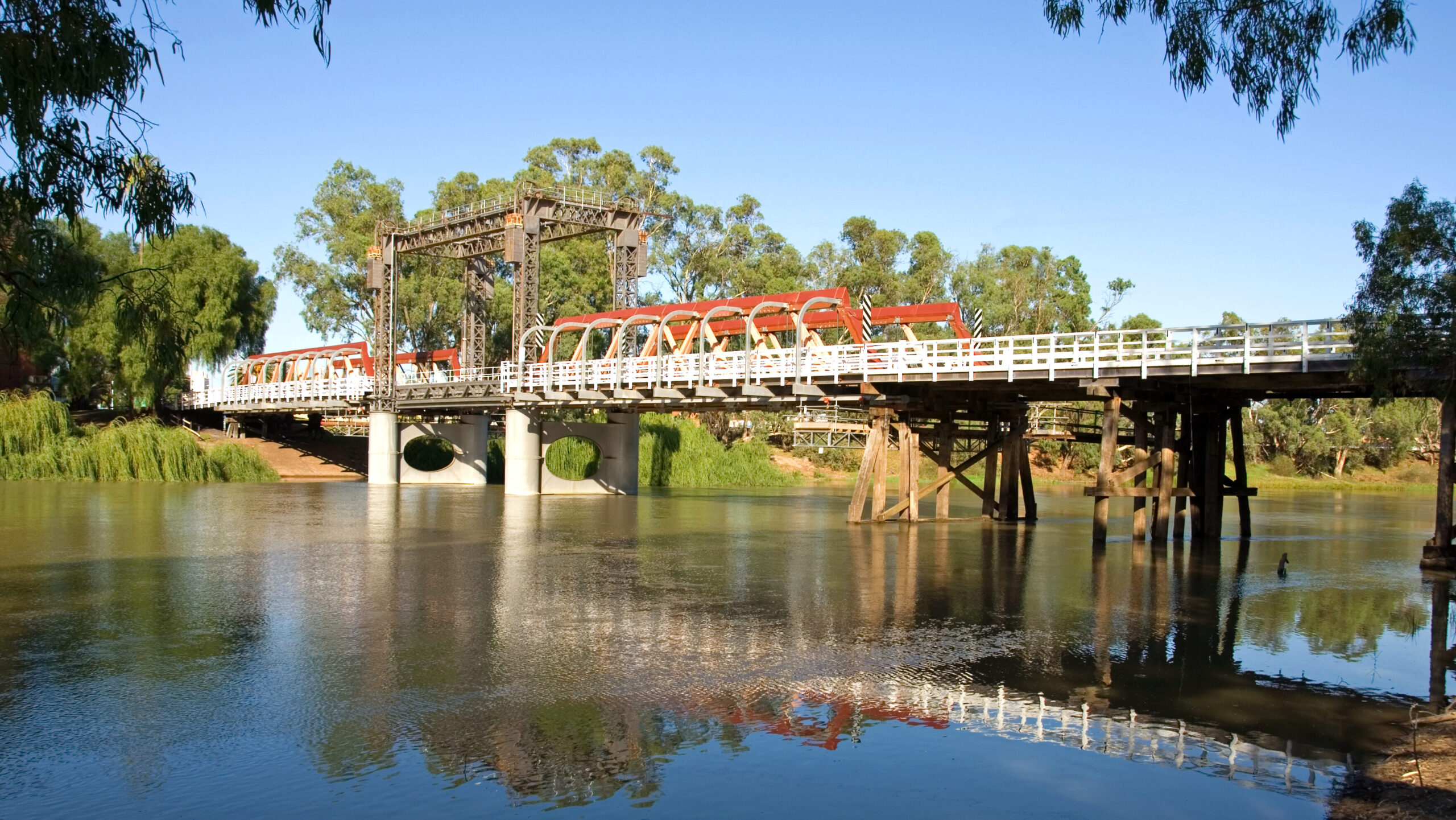
Opened in 1896, Swan Hill’s lift‑span bridge was the first of its kind built on the Murray River. One of its spans lifted so paddlesteamers could pass underneath. Until 1901, there were customs houses on both sides of the bridge.
3. Burke & Wills Tree
Supposedly planted as a seed at 110 Curlewis Street by prominent local Dr Benjamin Gummow, who hosted Burke and Wills as they passed through in 1860 en route to the Gulf of Carpentaria, this enormous Moreton Bay
fig is said to be one of the country’s largest. The tree’s trunk measures 4m in diameter, and the roots are said to reach all the way to the Murray.
4. Pioneer Settlement, Heartbeat of the Murray and Pyap River Cruise
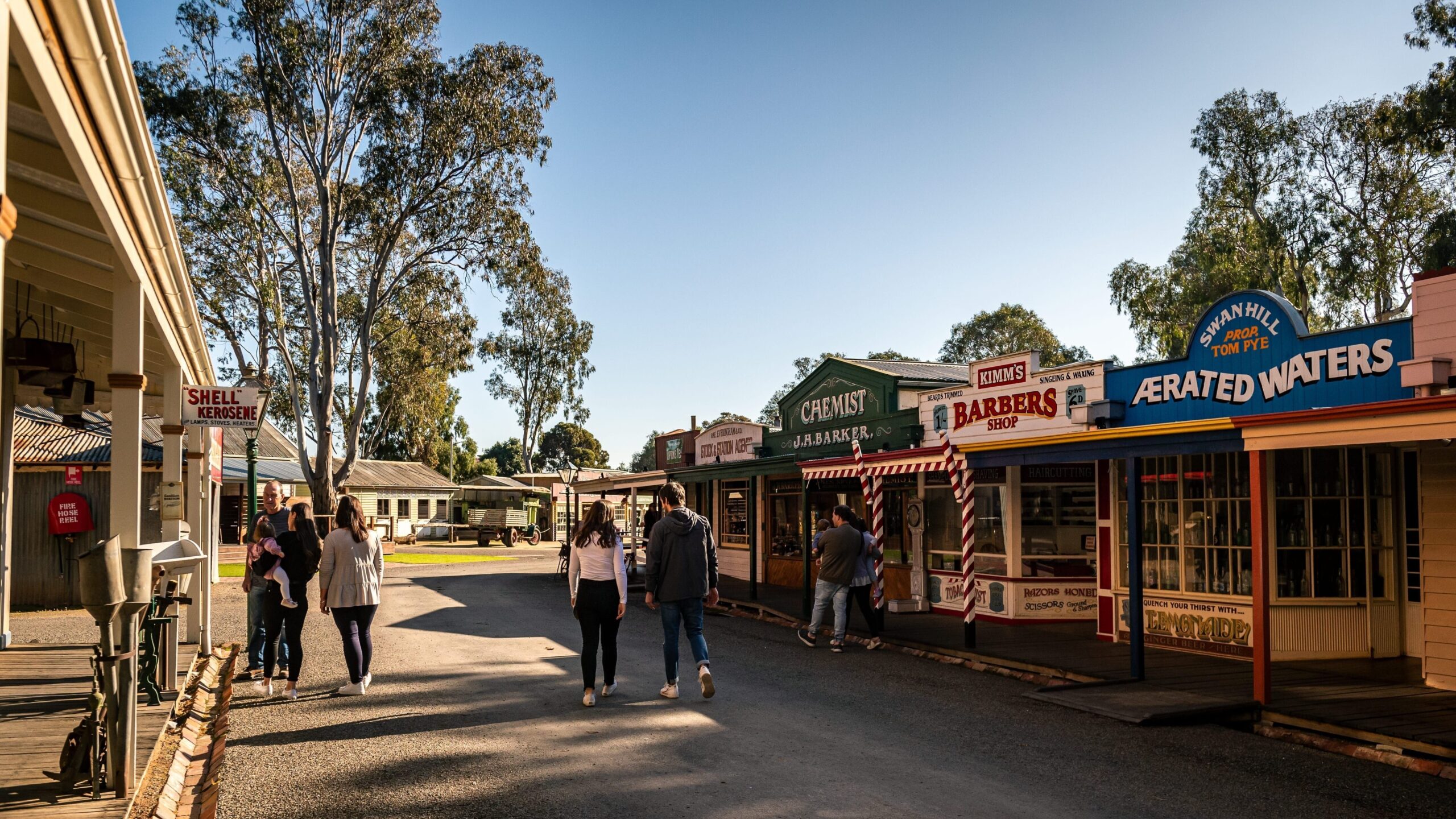
Be sure to visit the Swan Hill Pioneer Settlement (formerly the Swan Hill Folk Museum), an open-air museum that brings history to life by reconstructing a 19th‑century river port. The museum has about 50 restored historic buildings and staff dress in period attire. Popular attractions include the Kaiser stereoscopic theatre, photo parlour, drapery and print shop. There’s also the PS Pyap, a historic paddlesteamer that departs daily from the wharf for a one‑hour Murray cruise. After dark, don’t miss the light shows, Heartbeat of the Murray and Legends
of the Mallee, 360-degree multimedia shows that use water, light, lasers and special effects to tell the 30-million‑year‑old story of the Murray River.
5. Swan Hill Regional Art Gallery
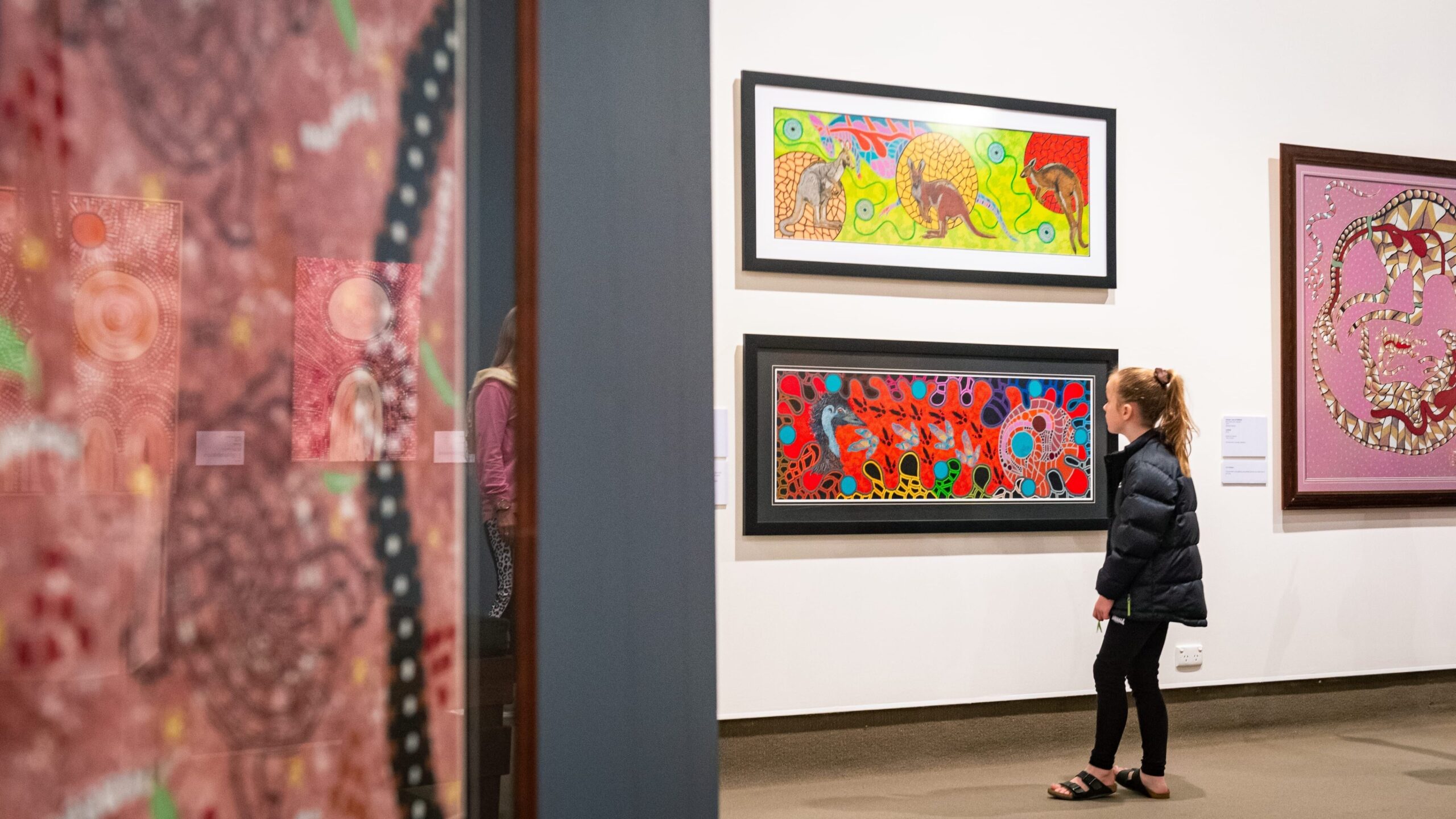
This art gallery has an impressive collection of more than 500 paintings, prints, sculptures and drawings from Australian artists. It has regular travelling exhibitions, and also offers workshops, school holiday programs, weekend tours and more. The gallery is a superb mudbrick building inspired by traditional Aussie woolsheds.
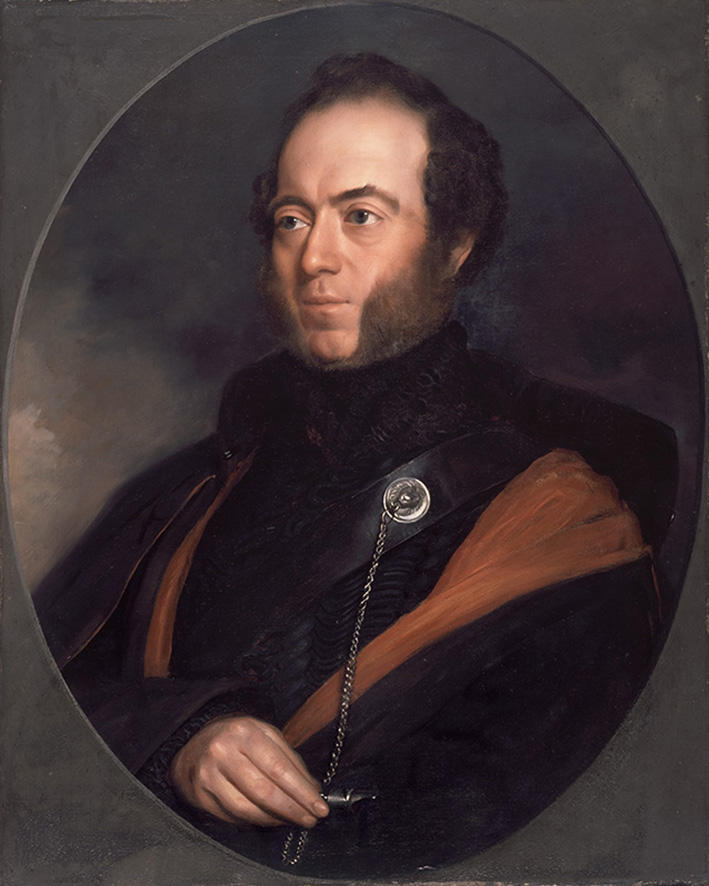
History
The area was originally occupied by the Wamba-Wamba, Latji Latji, Barapa Barapa, Tatti Tatti and Wadi-Wadi First Nations peoples.
Surveyor and explorer Thomas Mitchell (pictured) camped on the Murray River near Swan Hill in 1836 and gave the site its European name.
In 1846 the Beveridge brothers began building Tyntynder homestead, the first European property in the Swan Hill district.
A punt began operating at Swan Hill in 1847 – it was the only way within 160km to cross the Murray.
In 1853 Captain Francis Cadell successfully navigated the Murray on his paddlesteamer. Starting at Murray Mouth, he reached Swan Hill on 17 September. The SA government awarded him £2000 for this feat.
On 6 September 1860 the Burke and Wills expedition reached Swan Hill.
The nearby Murray Downs homestead and shearing station was built between 1866 and 1891.
Swan Hill became a municipality in 1871.
The railway from Bendigo reached the town in May 1890.
The town’s steel lift-span bridge was completed in 1896.
In 1914 Jō Takasuka, a Japanese farmer, grew Australia’s first commercial rice crop in the area.
Swan Hill became a borough in 1939 and a city in 1965.
Image credit: State Library of NSW


